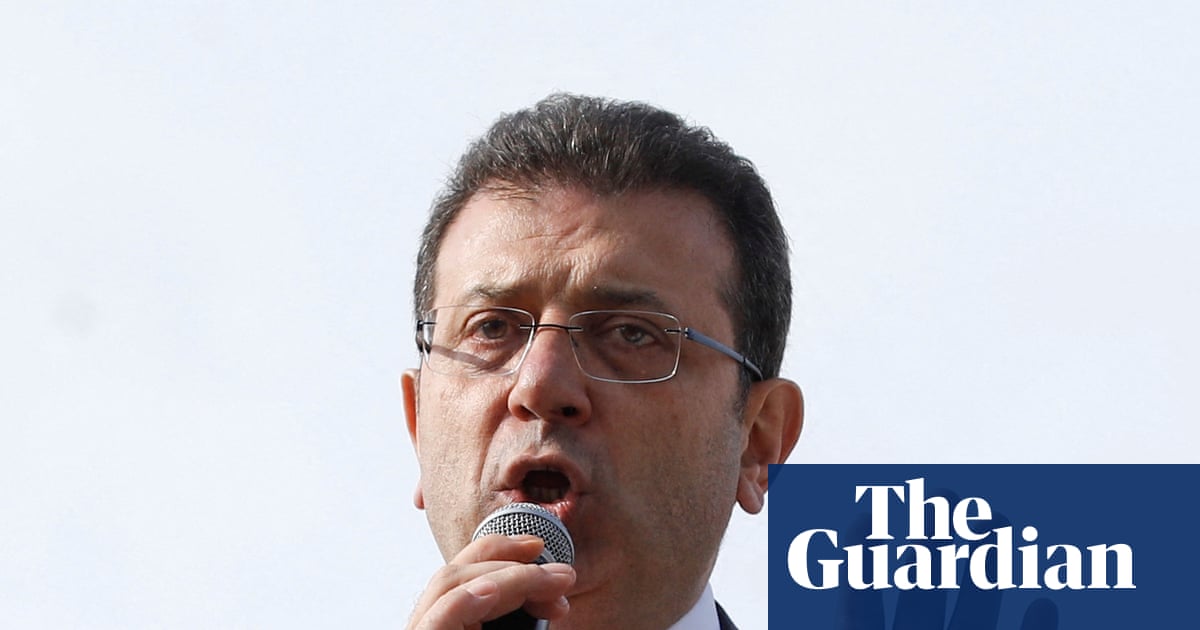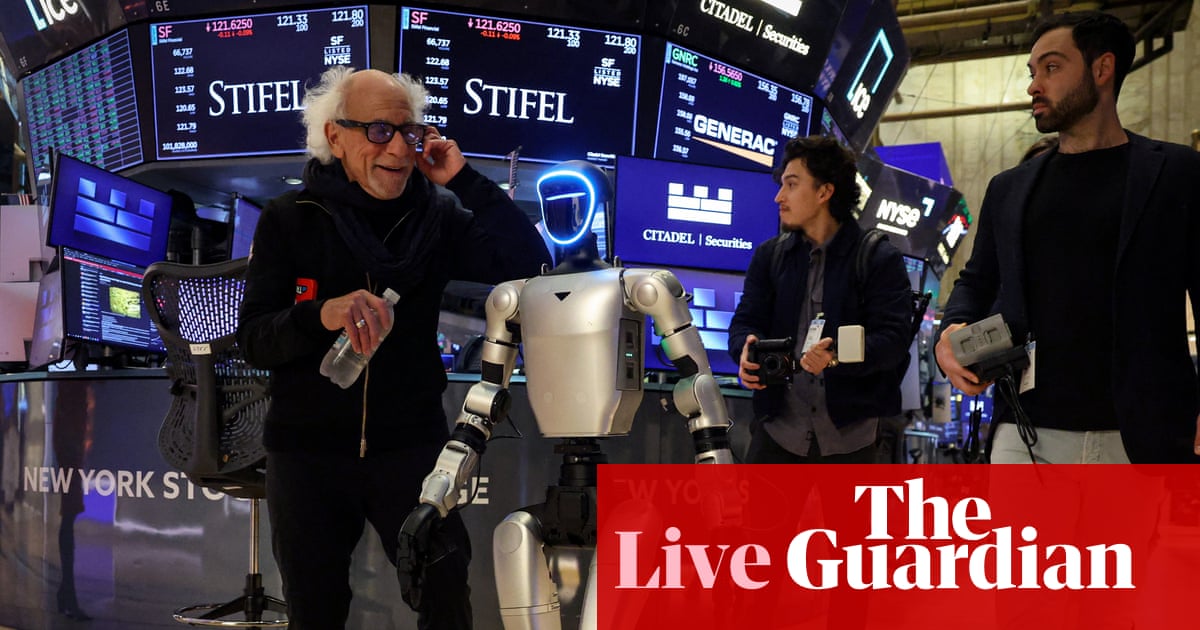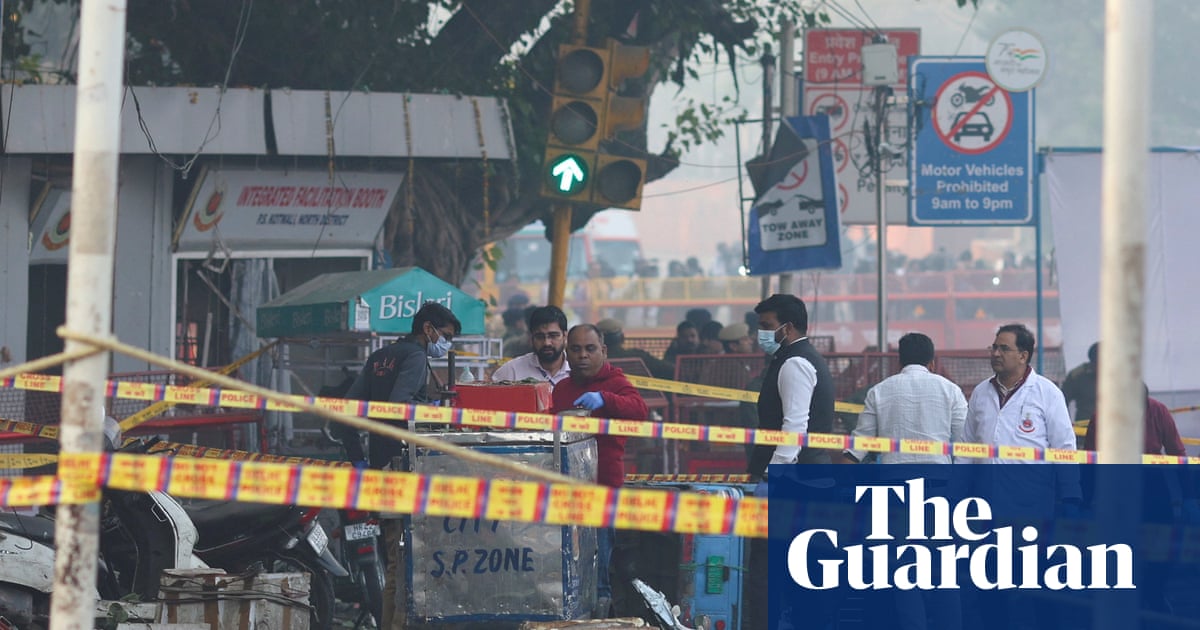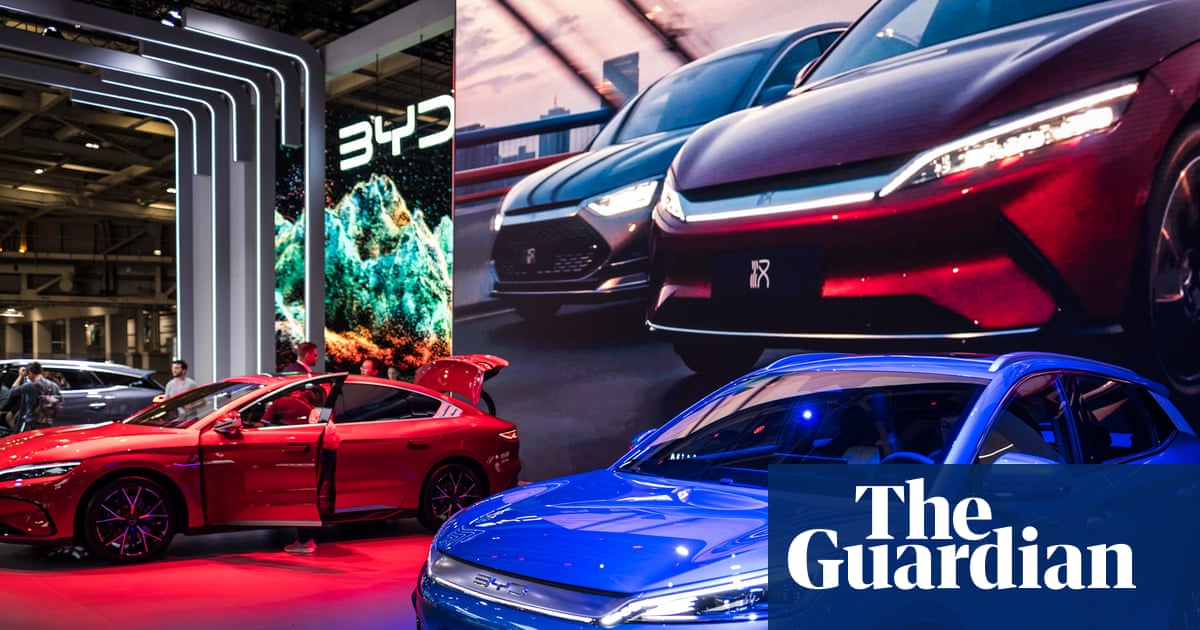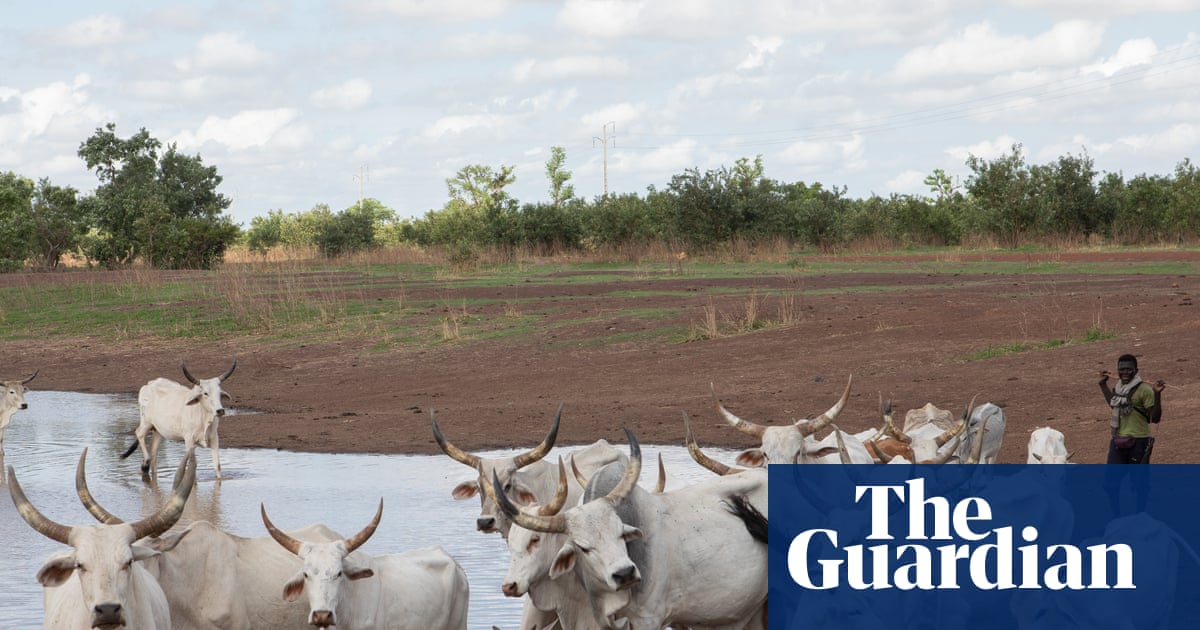Marks & Spencer recently announced that it would start selling some of its beauty range through TikTok. It’s a no-brainer for the retailer: a beauty product is sold every second on TikTok Shop, and 25% of Britons say they will use it to buy their Christmas goodies. If you haven’t bought something that way, picture a cross between Amazon and QVC. There is everything from books and clothes to groceries and beauty products. The app has endless deals, discounts and bright red countdowns that encourage you to “buy now”. The items you see are personalised, shaped by the all-powerful algorithm. I’m trying not to be offended at how often it suggests I buy serums that are like “botox in a bottle”.
TikTok’s struggles in the US are well documented, but in the UK it is booming. We have the most users in Europe, with more than 30 million people using the app each month. This week, celebrities and influencers will take to the red carpet for the TikTok awards celebrating creators, with a performance by Rizzle Kicks, in partnership with Sky and livestreamed on (you guessed it) TikTok.
One person who has yet to be converted is Keir Starmer. He doesn’t have a TikTok account, at least not one that he’s posting from. While he occasionally pops up on the platform, giving interviews to news outlets or meeting the odd influencer, the only account that seems to post official videos from the PM is @UKLabour. Perhaps unsurprisingly, this means that if you search for Starmer on TikTok the most viral clips still relate to the time he said “sausages” instead of “hostages” in a party conference speech.
Give him a break, you say. He’s busy running the country; he doesn’t have time to master short-form videos and the latest dance crazes like Gordon Ramsay (who has 41 million followers). Maybe so, but surely someone in the civil service could update the @10downingstreet TikTok? It has more than a quarter of a million followers but last posted in 2022. That’s right: the official 10 Downing Street account still thinks Boris Johnson is prime minister. It’s like entering a naff time machine.
Even if you’re not one of the many people addicted to its For You page, you’ve probably noticed the TikTokification of the internet. The dominance of vertical video – short-form portrait-mode clips – has been largely driven by the platform. Long before I got my own account, I was watching hours of TikTok content on other platforms, in WhatsApp messages, on X threads and Instagram stories.
It’s not just the aesthetic of the videos we watch. In a world where we are glued to our phones, the more user-generated content we consume, the more it shapes the communications landscape. Brands have cottoned on to this, spending billions of pounds on influencer marketing, which is often more effective and trusted than traditional advertising. This year, Unilever’s CEO announced 50% of its ad spend would be on social media, with the company recruiting an army of influencers to reach consumers. Politicians can’t afford to ignore TikTok because it’s setting the trend for how we access information and who we trust.
You might know that Nigel Farage is the most followed British politician on TikTok with 1.3 million followers. The second most followed is Zarah Sultana, who has 488,000 followers. You probably don’t know that Reform has a “studio” in its Millbank office (next to parliament) where it can record rapid-reaction video content. When Labour announced its Digital ID card plans in September, Reform had videos out on TikTok, YouTube and Instagram within three hours. Labour, who announced the policy, and presumably had some time to prepare, focused on briefing traditional media and posting a slightly sad graphic on Instagram. I don’t need to tell you who racked up the most views.
I’m not trying to suggest the government’s problems would be solved with better social media posts. TikTok is a medium; it can’t help if you don’t have a compelling message. But at the heart of the rise of vertical video is a desire for content that feels human, authentic and accessible. The politicians that get it are of different ages and ideologies, but they are united by an understanding of that desire and an ability to connect.

 2 hours ago
7
2 hours ago
7
